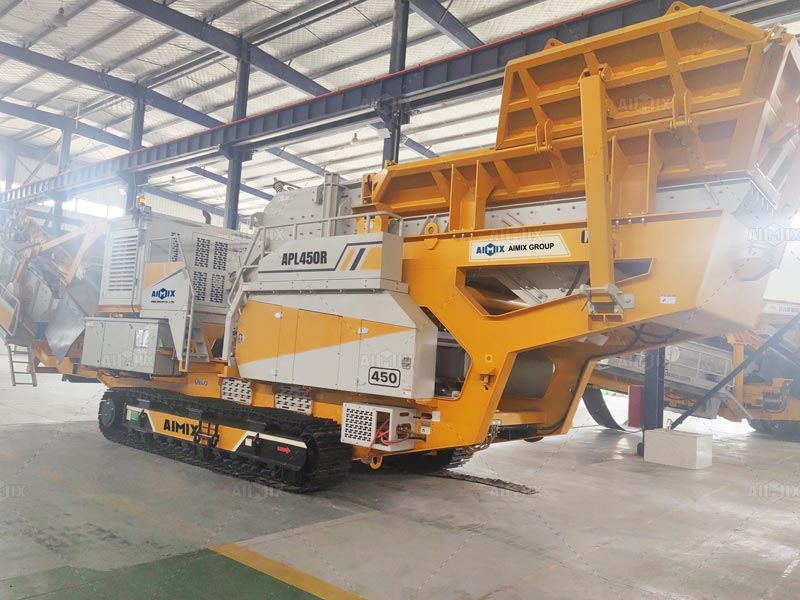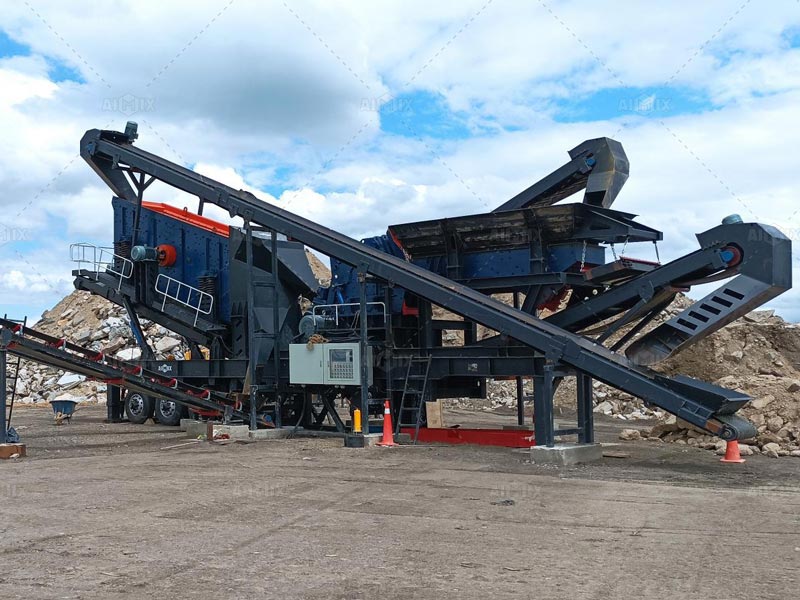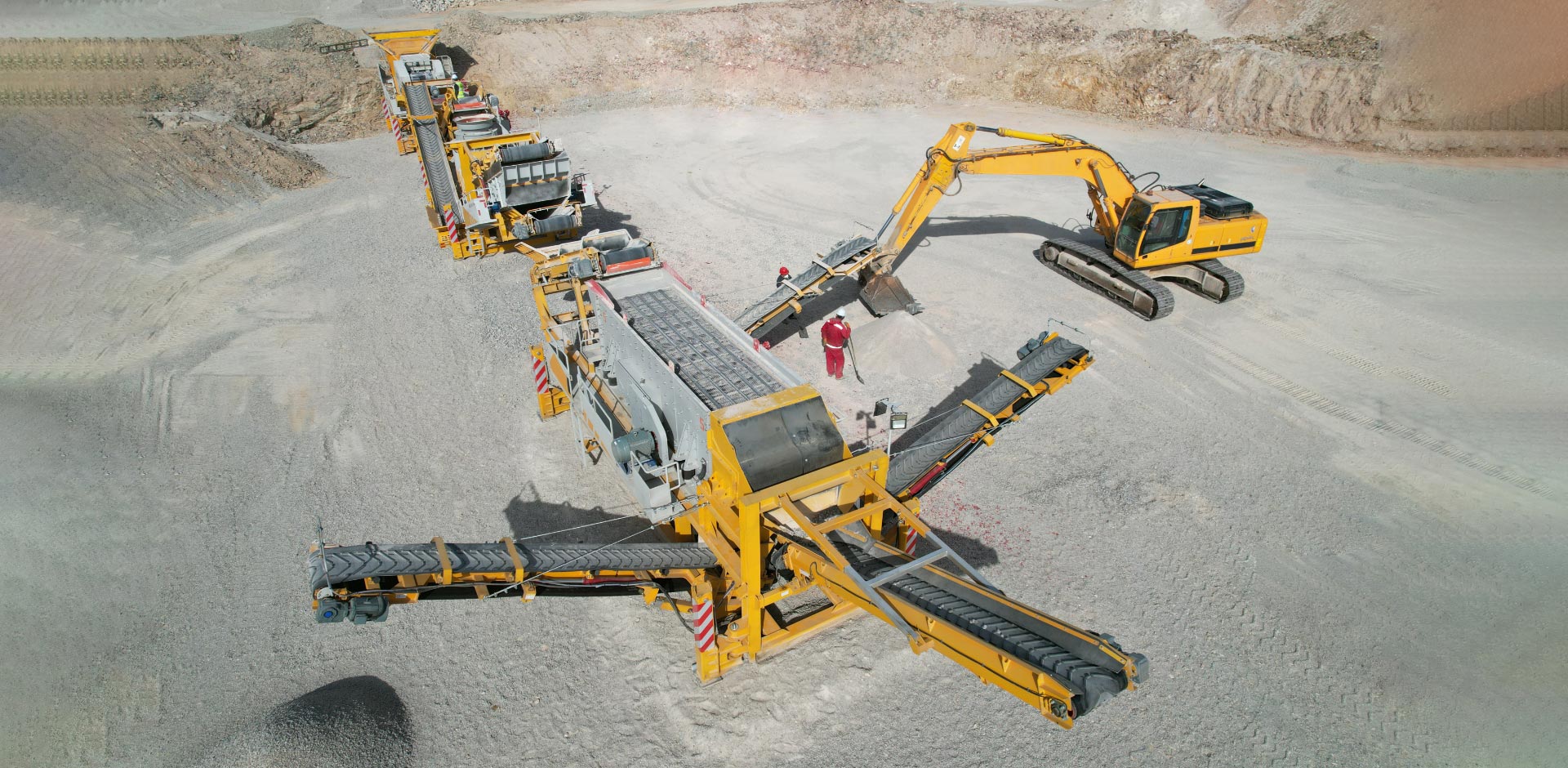Configuring a stone crusher plant to produce better aggregate requires careful planning and the right selection of equipment. Whether you’re building a stationary plant or a portable stone crusher setup, optimizing the process is crucial for producing high-quality aggregate. In this article, we will explore the key factors to consider when setting up a stone crusher plant, focusing on how to improve the production and quality of aggregate.
Understanding the Basics of a Stone Crusher Plant
A stone crusher plant(planta trituradora de piedra) is a combination of machinery used to crush various types of rocks to produce aggregates such as sand, gravel, and crushed stones. The plant typically includes crushers, screens, and conveyors, each serving a specific function in the production process. The primary objective of a stone crusher plant is to break large rocks into smaller, usable aggregates, which are essential for construction, road-building, and other industrial applications.
Key Equipment in a Stone Crusher Plant
There are several types of crushers used in a stone crusher plant, including:
- Jaw crushers: Used for primary crushing to break large rocks into smaller pieces.
- Impact crushers: Ideal for secondary crushing to produce finer aggregates.
- Cone crushers: Best for tertiary crushing, producing smaller and more uniform aggregate sizes.
- Vibrating screens: To classify and separate aggregates based on size.
- Conveyors: For efficient material transport between crushers and screens.

Factors to Consider When Configuring a Stone Crusher Plant
When designing a stone crusher plant, several factors need to be taken into account to optimize the plant’s performance and efficiency. These factors include the type of stone, plant capacity, and the desired output quality of the aggregate.
Choosing the Right Crusher for Better Aggregate
One of the most critical decisions in configuring a stone crusher plant is selecting the right type of crusher. Each type of crusher has its advantages, depending on the kind of material you’re processing and the size of the desired aggregate.
- Limestone Crusher: If you are working with limestone, which is a common material in construction, a specialized limestone crusher is essential. This will ensure that the limestone is broken down into the correct size and shape for the final aggregate.
- Portable Stone Crusher: For flexibility, a portable stone crusher(trituradora de piedra portatil) can be a good choice. It allows you to move the crusher to different locations as needed, which is ideal for projects that require mobility or for working in remote areas.
Setting Up Screening Equipment
Screening is a crucial step in the stone crushing process, as it helps separate the crushed material into different sizes. A well-configured screening system can improve the quality of your aggregate by ensuring that only the desired size fractions are passed through. Different types of screens, such as vibrating or rotary screens, can be used to efficiently separate materials based on size.
Optimizing Crusher Settings for Better Output
Adjusting the crusher settings can significantly impact the quality of the aggregate. For instance, reducing the gap between the jaws of a jaw crusher or adjusting the speed of an impact crusher can result in finer and more uniform aggregate sizes. Additionally, regularly maintaining and inspecting the equipment will help avoid breakdowns and ensure consistent performance.

Achieving Better Aggregate Quality
While configuring a stone crusher plant, it’s essential to focus not only on the quantity but also on the quality of the aggregate produced. There are several ways to achieve this:
Use of a Secondary Crusher
Sometimes, primary crushers can produce aggregate(planta chancadora de aridos) that is too coarse. By adding a secondary crusher, you can further refine the aggregate to meet the required specifications. An impact crusher or cone crusher can be used to produce finer aggregates from the coarser material.
Monitoring and Control of Feed Material
Controlling the size and quality of the feed material is also crucial. The feed should be consistent in size and composition to prevent uneven wear on the crushers and to ensure the final aggregate meets the desired standards. It is advisable to use a feeder with variable speed control to regulate the material flow into the crushers.
Ensuring Proper Maintenance
Maintaining the crushers, screens, and other equipment is key to ensuring that the stone crusher plant operates at peak efficiency. Regular inspections, lubrication, and timely replacement of worn parts will minimize downtime and improve the quality of aggregate production.
Conclusion
Configuring a stone crusher plant for better aggregate production requires a balance between selecting the right equipment, optimizing settings, and maintaining the plant. By considering factors like the type of material, the crushing process, and the screening system, you can improve both the quantity and quality of the aggregate produced. Whether you are using a limestone crusher(trituradora de piedra caliza) or a portable stone crusher, the goal is to create an efficient plant that consistently produces high-quality aggregate for your construction needs.
